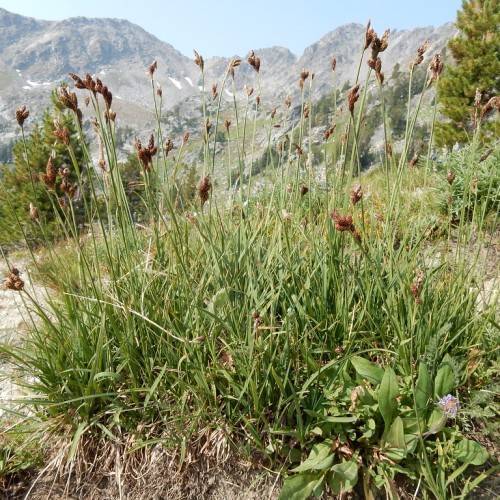
Showy Sedge
Carex spectabilis
Also Known As - Northwestern SedgeWatering:
Minimal
Hardiness Zone:
Flowers:
Flowers
Sun:
Sun
Soil:
Sand
Leaf:
Yes
Growth Rate:
Low
Drought Tolerant:
Yes
Salt Tolerant:
Yes
Care Level:
Medium
watering
Copycat Sedge is a slow-growing perennial that needs to be watered only when the soil is completely dry. It prefers to have moist soil but not soggy. During the summer months, water this plant weekly to ensure the soil is moist but not soggy. During the cooler months of the year, it is important to water this plant less frequently. Water only once every 2 to 3 weeks during times of cold weather, making sure to refrain from over-watering.
sunlight
Copycat Sedge thrives in full to partial sunlight. It should have full sun in the spring and fall, and partial sun in the summer so that it does not dry out too much. This species prefers direct sun for at least half of the day in the spring and fall, and indirect sun for no more than 3 hours in the summer. It should not be shaded for any time during the day. Too much shade will inhibit its growth, cause it to become spindly, and reduce its flowering potential.
pruning
Copycat Sedge should be pruned as needed to keep the area around it looking neat and tidy. This type of sedge does not need pruning to promote health or encourage new growth, and can be left unchecked. However, if the plant becomes oversized or begins to look overgrown, it should be pruned back in the early spring before new growth appears. Trim the foliage back until it is a manageable size and remove any dead, damaged, or diseased stems. If the plant is being pruned for aesthetic reasons, it can be cut back to the desired height. It is also helpful to prune off flower stems as they appear to help promote air circulation and reduce the risk of disease in the foliage.
